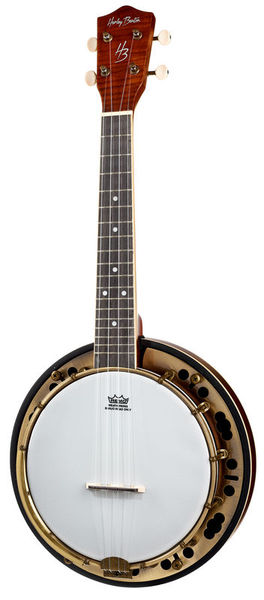Poul Hansen
Well-known member
I just bought a nice and very well made little Harley Benton banjolele, for my Georg Formby songs.
The inhouse Harley Benton brand has improved considerable over the years while staying reasonably priced.
Is there any "norm" for skintension or a "thumbs rule" for adjusting it?
I just wonder, as the strings were very slack when I got it, so maybe the skin is slack as well. It has a slight curve, but that brought the action down where I want it.
https://www.thomann.de/dk/harley_benton_bju_15pro_banjo_ukulele.htm

The inhouse Harley Benton brand has improved considerable over the years while staying reasonably priced.
Is there any "norm" for skintension or a "thumbs rule" for adjusting it?
I just wonder, as the strings were very slack when I got it, so maybe the skin is slack as well. It has a slight curve, but that brought the action down where I want it.
https://www.thomann.de/dk/harley_benton_bju_15pro_banjo_ukulele.htm

